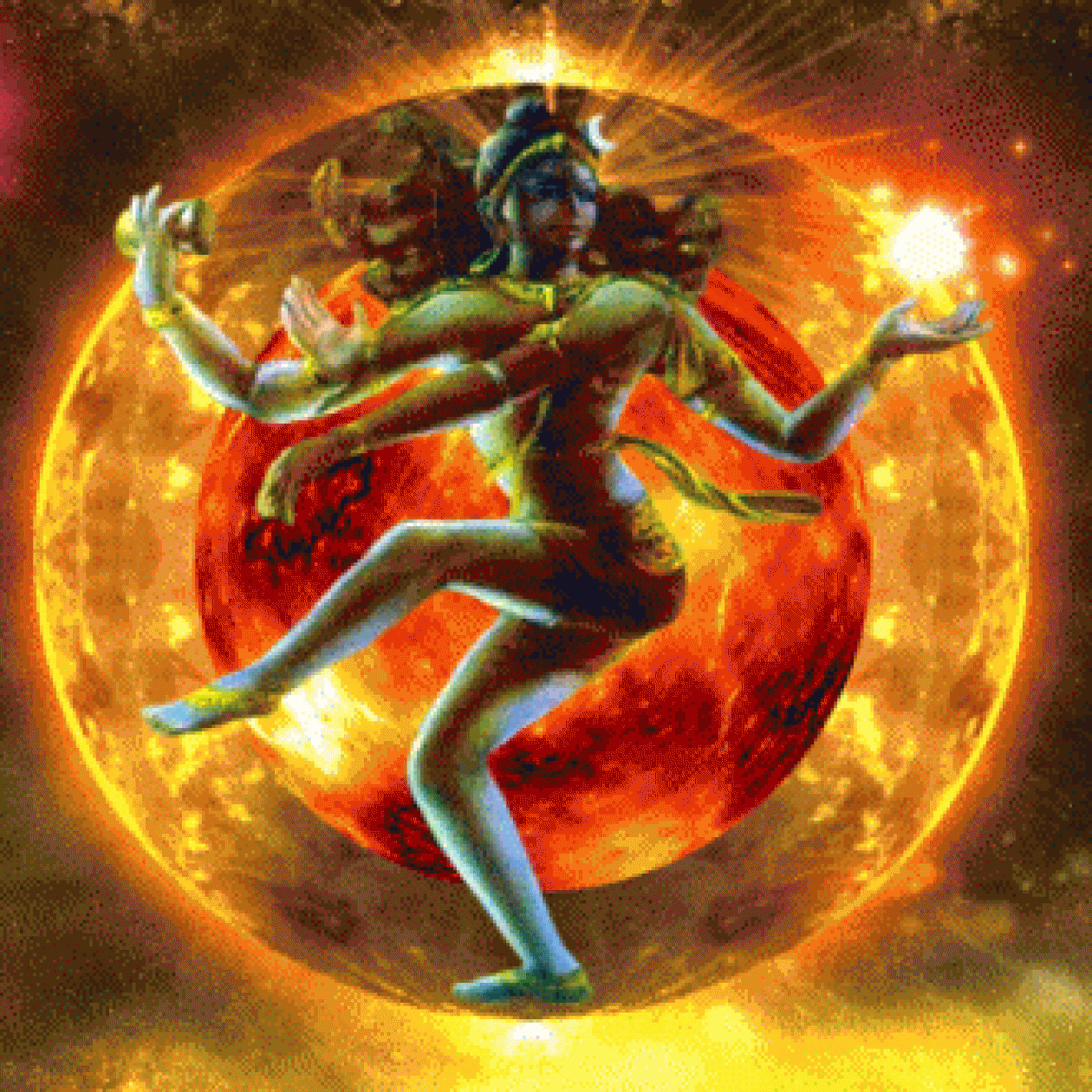Democracy in Ancient India
Today India is the largest democratic nation in terms of population.
But history and ancient literature suggest that democracy and republic ideas were implemented ever since the ‘Age of Vedas‘ and even before.
The present Westminster style of democracy in India was inherited from the British but the principle of democracy in Vedas existed as a core value in Ancient India.

Ramayana has the first instance where a king tells his people to disagree with him if needed and was open to suggestions in administration.
Tulsidas’s Ramayan (written in 16th century AD) describes a scene when king Rama gathers an assembly of citizens and tells them that they are free to express their opinions and disagree with his decisions.
He would fully appreciate their reasons and it would help him understand their view point.
The basic principles of democracy were embedded in Indian Civilizations since ages.
Real democracy requires secularism in practice and India is the only major nation who can claim this. The credit for this goes to Hindu culture which accepted everyone.
Evidence of democracy in Rig Veda
Evidence of a Democratic system of government in India is originally found in Rig Veda, which mentions a thriving republican form of Government in India.
These are the slokas from Rig Veda which were to be sung in unison at the beginning of the republican assembly
sáM sam íd yuvase vRSann ágne víshvAny aryá Á
iLás padé sám idhyase sá no vásUny Á bhara ||
sáM gachadhvaM sáM vadadhvaM sáM vo mánAMsi jAnatAm
devÁ bhAgáM yáthA pÚrve saMjAnAnÁ upÁsate ||
samAnó mántraH sámitiH samAnÍ samAnám mánaH sahá cittám eSAm
samAnám mántram abhí mantraye vaH samAnéna vo havíSA juhomi ||
samAnÍ va ÁkUtiH samAnÁ hRdayAni vaH
samAnám astu vo máno yáthA vaH súsahÁsati || [Rig Veda 10.191.1-4]
Translation :THOU, mighty Agni, gatherest up all that is precious for thy friend. Bring us all treasures as thou art enkindled in libation’s place.
Assemble, speak together: let your minds be all of one accord, As ancient Gods unanimous sit down to their appointed share.
The place is common, common the assembly, common the mind, so be their thought united. A common purpose do I lay before you, and worship with your general oblation.
One and the same be your resolve, and be your minds of one accord. United be the thoughts of all that all may happily agree.
However, not much historic evidence is available today to prove implementation of ddemocraticand republic ideas in ancient India.
The terms Sabha,( gathering) , Samiti, ( smaller Gathering or Committee ) Rajan or Raja,( Householder, Leader), exists and are found in Vedic literature.
Sabha is found eight times in the Rig Veda, which is accepted as the oldest Veda.
The term Rajan denoted Householder, Head of the Household. One who was eligible to take part in the assembly or gathering or the sabha.
It did not mean a King, but simply meant a ‘Leader’, a leader who was elected.
The term Raja came to mean in time, a feudal king, a monarch. The elected leader or elected king would, as is usual with human nature, wish his offspring to follow in his footsteps, and take the leadership or Kingship position after him.
Rig Veda also says that the position of the King(Leader) was not absolute, and he could be removed by the Sabha or the Assembly.
The term Sabha is still used today, as the Indian Elected Parliament is called the ‘Lok Sabha– Assembly of the People’, Nominated Parliament is called ‘Rajya Sabha‘ and state assemblies are called as ‘Vidhana Sabha’.
Democracy today functions at 3 basic level in India :
The village level- The Panchayat – Council of Five (Panch = Five)
Province or State level – Assembly
National – Lok Sabha and Rajya Sabha in Parliament.
Buddhist History of Democracy
As per Buddhist texts in Pali, politics was vigorous during the Buddhist period, 600 BC – 200 AD. During this period, India witnessed widespread urbanization, which was almost synonymous with a republican form of government. The Buddhist scriptures in Pali provide a vivid depiction of the city state of Vaishali during 5th century BC.
Various warrior kings often sought to exploit this amorphous structureof the society, sometimes with a measure of success.
As per Buddhist literature in Pali and Brahminical literature in Sanskrit, republican system of government was almost universal.
These ancient classics offer a complex scenario to describe the different groups that managed their own affairs.
Some of these groups were probably warrior formations; others were groups with avowed economic aims; some were religious fraternities. These organizations, of whatever type, were usually designated as a GaNa or a sangha; while less important political structures were known by such terms as sreni (guilds).
The terms Gana and sangha initially meant multitude, but gradually with the passage of time, these words come to mean a self-governing multitude by 6th century BC.
In this system, all decisions were taken by the sangha members themselves, and the governing style was stabilized by convention for such groups.
The strongest of these groups functioned as sovereign governments, who were generally known as Republics.
Various sources indicate an almost universal presence of sovereign republics in India during that time.
The word GaNa is still used in India and Republic nation is known as ‘GaNatantra‘ and Republic day is celebrated as ‘GaNatantra Divas‘.
Democracy in Ancient Greece
While describing Alexander‟s campaigns in great detail, the Anabasis of contemporary GreekHistorian Arrian refers to “ eyewitness accounts of Alexander’s companions and describes him coming across free and independent Indian communities at every turn.
The historian further mentions that many Indian republican states controlled much larger territories andenjoyed a broader mandate at that time, as compared to the contemporary Greek city states.
Some other Greek writers writing about the exploits of Alexander refer to a people who practiced a democratic form of government but were not monarchial, though their sway encompassed a large area. They maintained a large army comprising of 60,000 infantry,500 chariots and 6,000 cavalry.
This indicates that Indian republics of late 4th century BC were much larger than the Greek city states of that time.
It seems that republicanism was at that time the standard practice in the north-western part of India.
Alexander’s historians refer to a handful of kings, but they are lavish in their praise of a large number of republics; some of them are named, while some are not.
The Greek writer Diodorus Siculus mentions that at the time of Alexander‟s invasion, he mostly came across cities which practiced a democratic form of government, though somewere ruled by kings.
This statement assumes importance as it apparently refers to a first-person account of India by the noted Greek traveler Megasthenes.
It is important to notethat Greek king Seleucus Nicator deputed Megasthenes as his ambassador to the court of Indian emperor Chandragupta Maurya at around 300 BC, i.e. hardly 20 years after theinvasion of Alexander.
In the course of his duties, he travelled through northern India to the Mauryan capital Patliputra, where he stayed for some time.
Thus, if this statement is drawn from Megasthenes, this indicates that entire north-western India was dominated by republics at that time, signifying almost half of Indian subcontinent.
Testimony of Panini (Sanskrit Grammarian)
The Indian sources scrupulously support these observations.
The most important indigenous sources describing north India during that time are three:
The Buddhist scriptures in Pali, which describe the state of Gangetic plains during the 6th and 5th centuries BC.;
Panini’s Sanskrit Classic Ashtadhyayi, which discusses entire North India, focusing on thenorthwest during the 5th century;
Kautilya’s Arthashastra, which got shape during the 4th century BC, which is almost contemporary to Megasthenes.
These three indigenous sources enable us to independently identify various ganas and sanghas, some minor, while somelarge and powerful.
Panini writes that “the states and regions (janapadas) in north India were established in his time by the conquest of aparticular area by a specified invader group, which continued to hold sway on the polity of that area.”
Some of these communities (in Panini’s terms janapadins) were ruled by a king, who was of one of their own kinsmen and who was dependent on their support.
However, incase of many other communities, the janapadins were organized as republics.
In both these kind of states, the governance was dominated by Kshatriyas, or say, the warrior caste.
Panini provides various terms for voting, decision making through voting, and the requirement for a quorum.
Another group of terms hints that the assemblies were dividedon the basis of political parties. Panini also mentions that sometimes a smaller group of selected people within a sangha were given special functions, e.g. acting as the chief functionary or probably as a select committee for some specific purpose.
Panini also indicates that these republics functioned on an egalitarian basis during the 5th century BC, and he mentions that “there was no consideration of high and low.”
Kautilya’s Arthashastra specifies that ganas were an important factor in the polity of his time.








Pingback: Democracy in Ancient India | HINDUISM AND SANATAN DHARMA – Voice of world
Pingback: Democracy in Ancient India | HINDUISM AND SANATAN DHARMA – GLOBAL HINDUISM